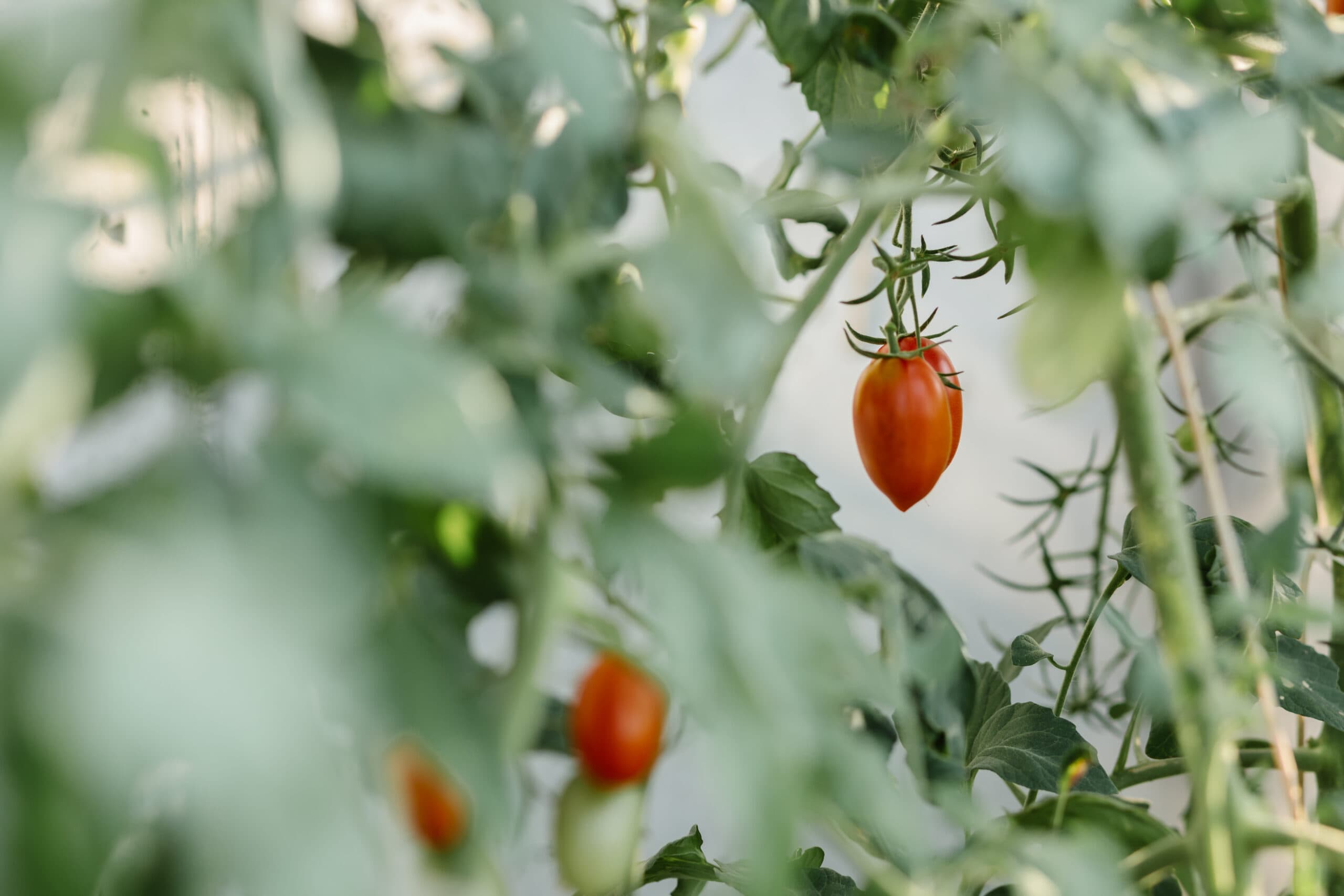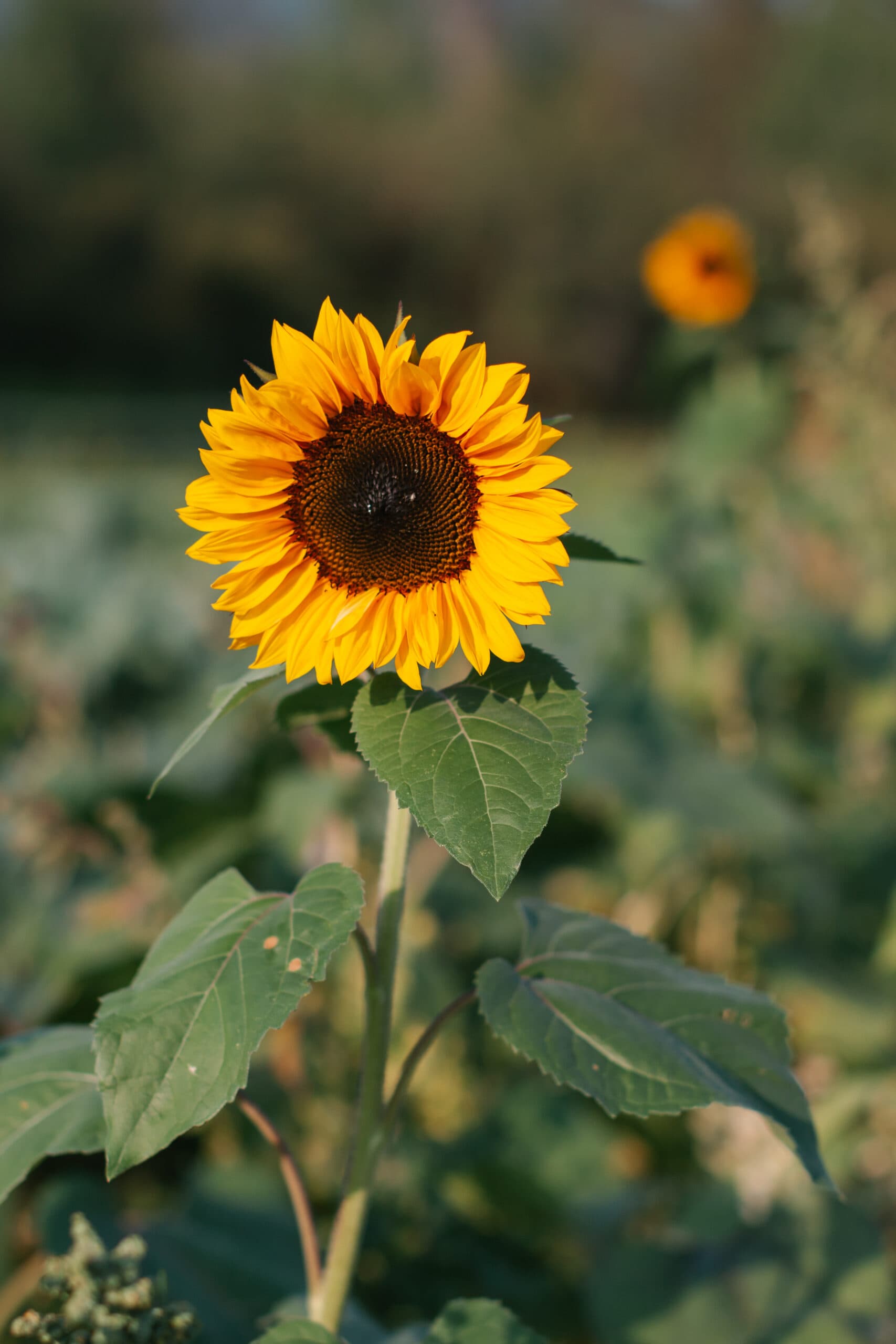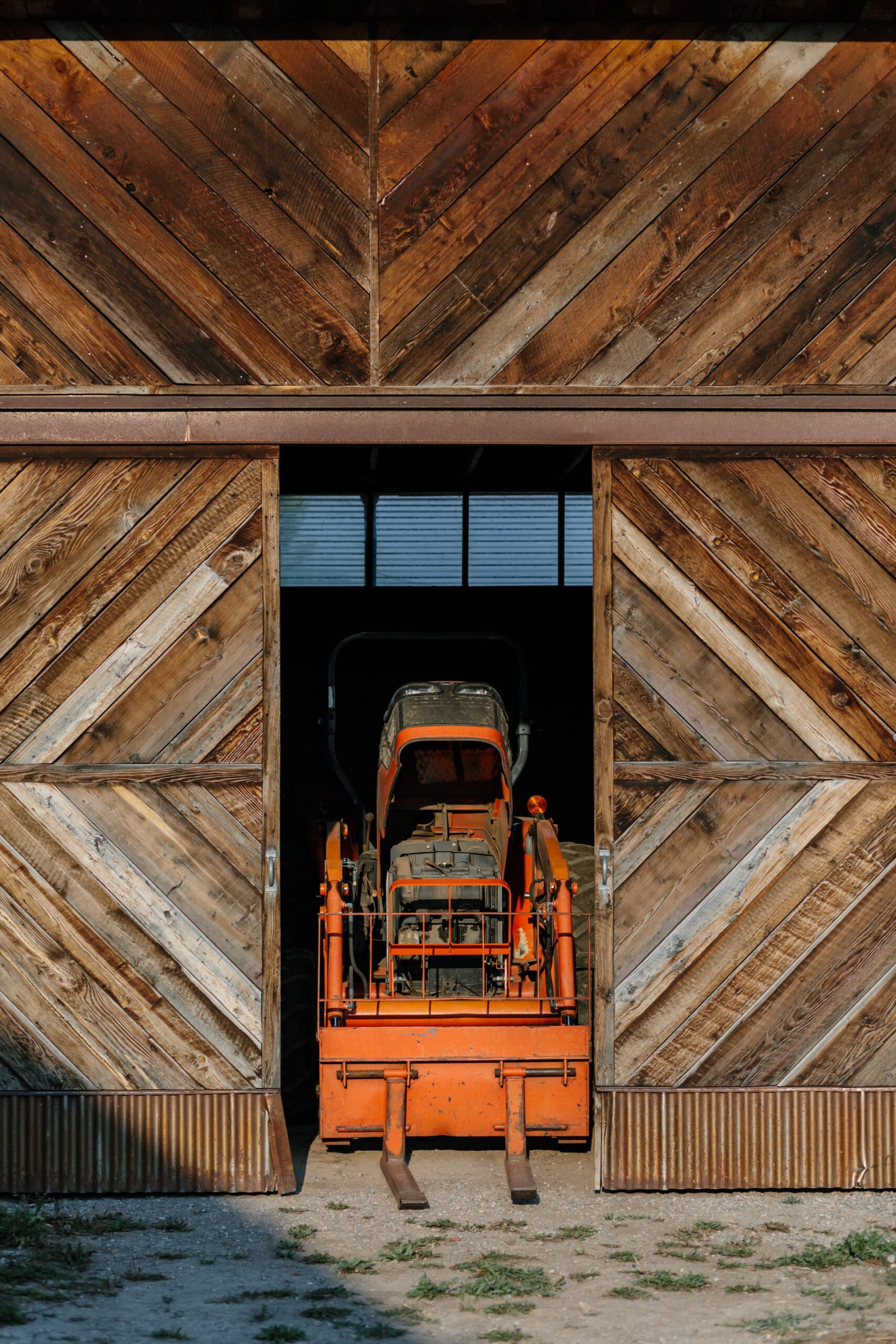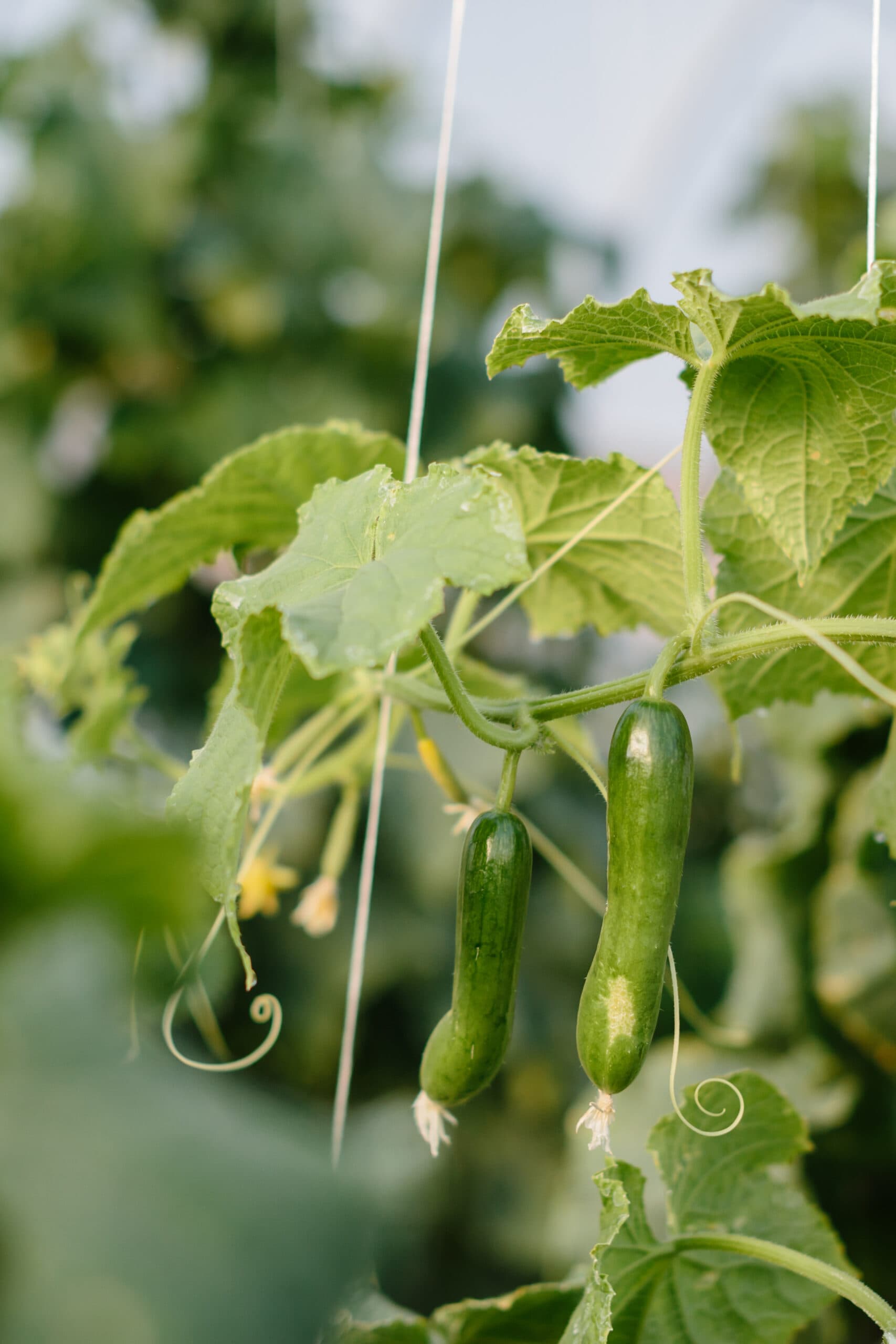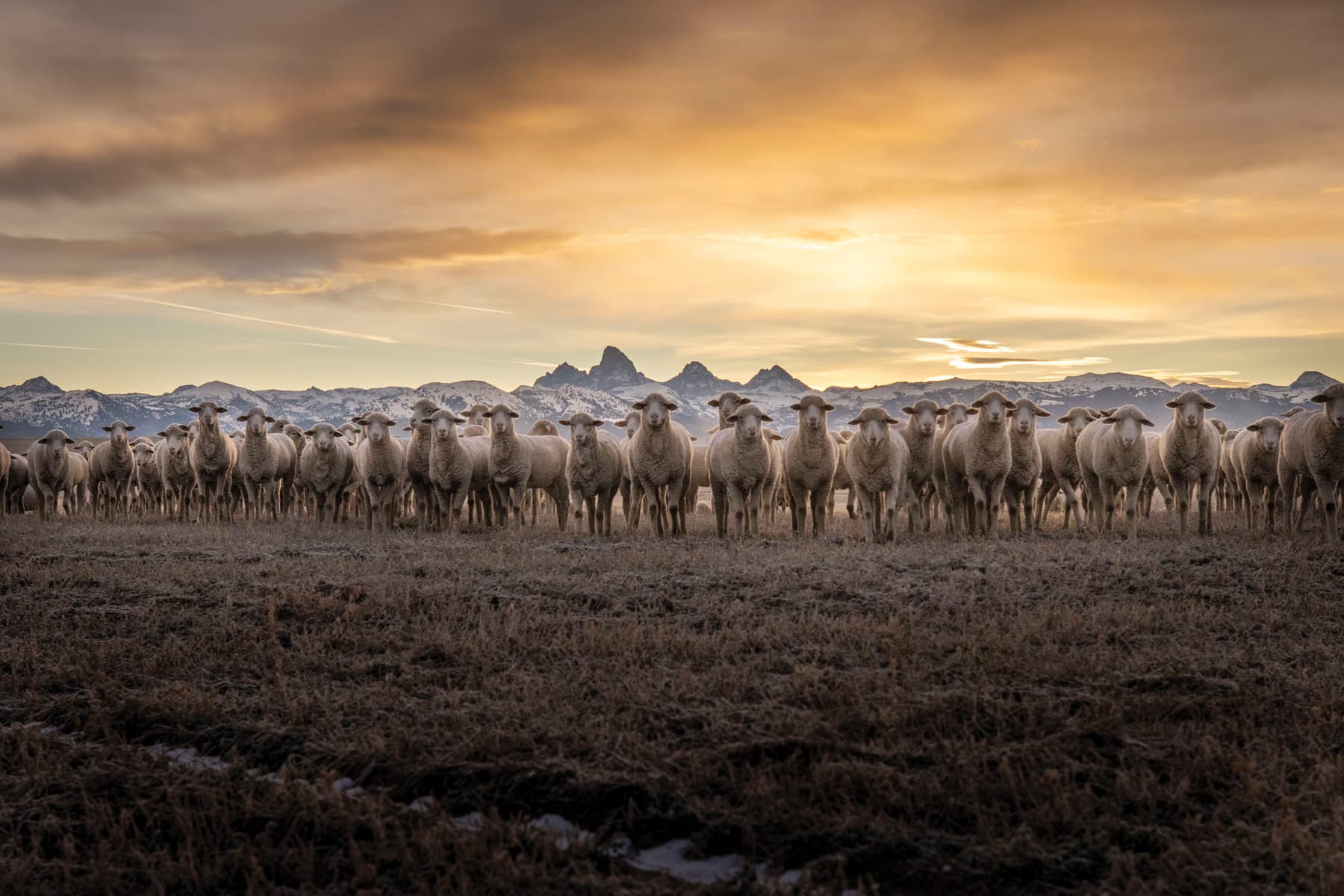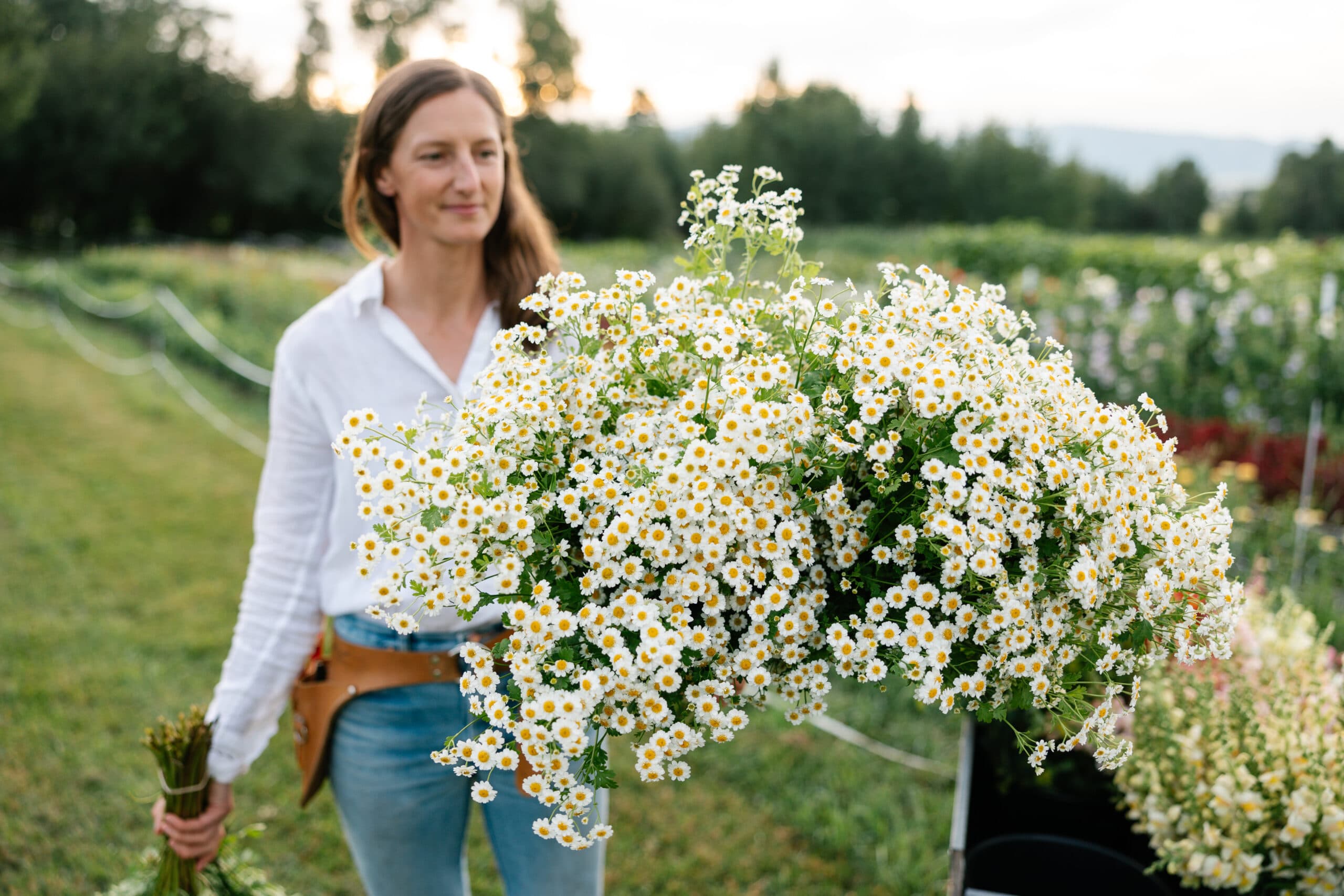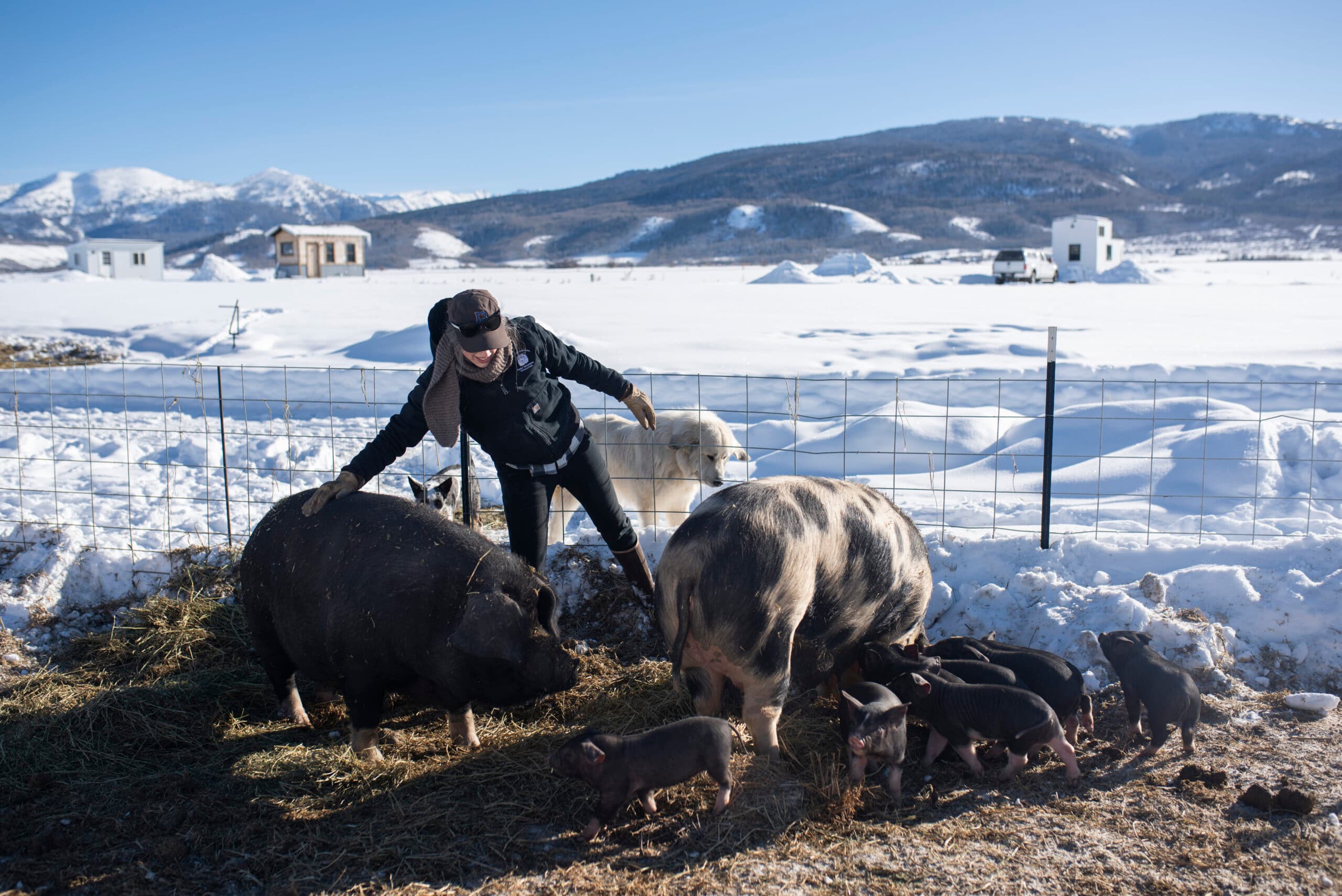Farming Up High
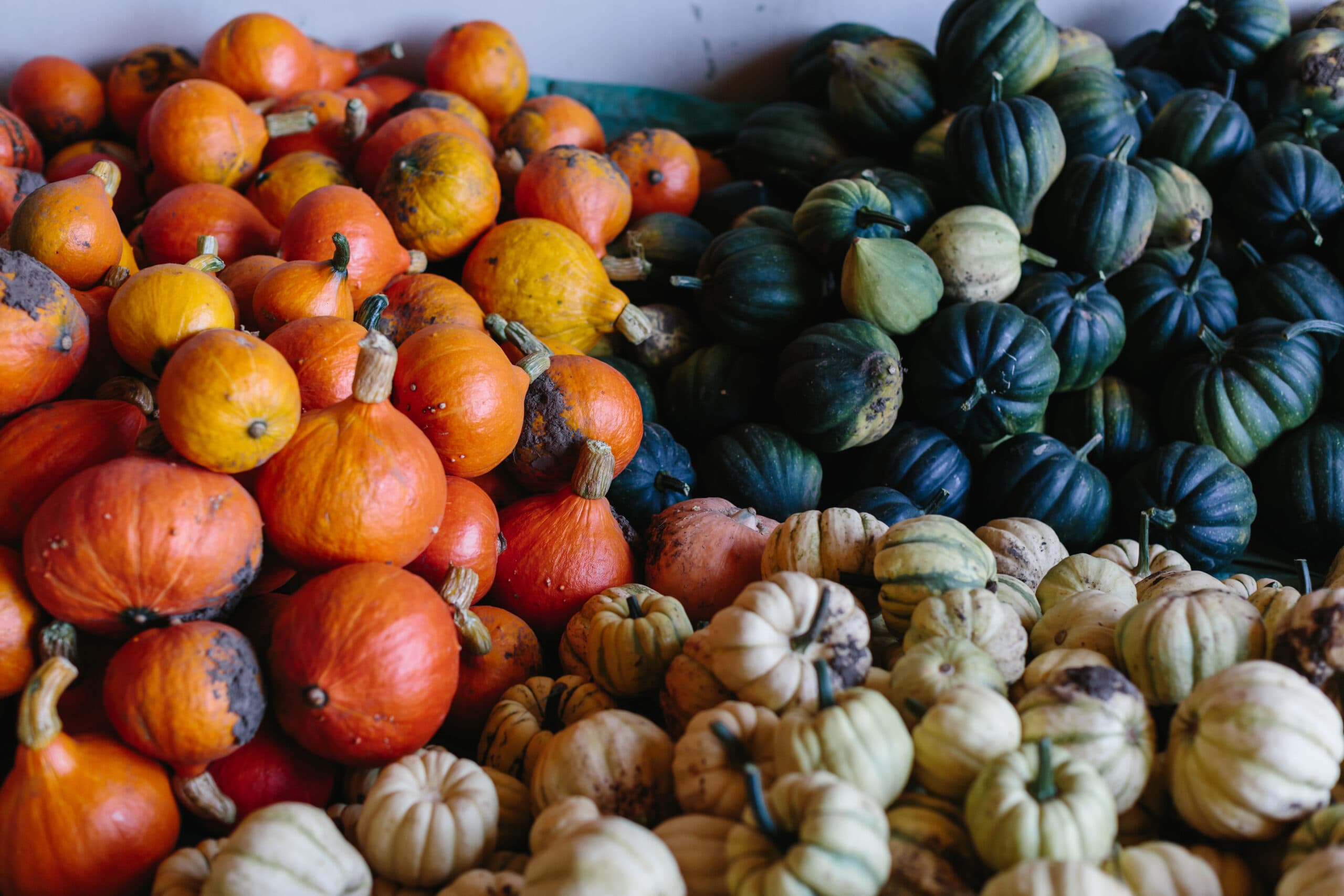
How Georgia farmers pulled up stakes and pounded them into Teton Valley soil
I’m not usually one for eggplant. But, peering out from inside their pint cartons at the Teton Valley Farmers Market, these fairy tale eggplants spoke to me; their intriguing purple and
cream-colored hues drew me in.
I was surprised to see eggplant on display at our high-altitude Idaho farmers market. (This might have been a first.) For sure, I could disguise these little gems in a sautéed goodness that wouldn’t be poo-pooed by my family. After all, I didn’t need to tell them what I was serving.
At first bite, my husband oohed and aahed over their creaminess, the little gems having been pan-fried in olive oil with just a touch of garlic. My daughter produced the same response after eating her entire serving and asked, “What are these?” It was then I knew I needed to buy more. When I returned the following Friday, however, they were gone. I wasn’t the only one wooed by their wonder.
“The head chef at Tributary wants to buy all of my fairy tale eggplants,” says Rafe Rivers, farm owner and manager at Canewater Farm in Victor, when I express my delight in their taste and texture.
You could say Rafe has more than a knack for growing specialty Southern crops like fairy tale eggplant, and shishito and Padrón peppers, at altitude. His vegetable variety sets him apart at the market, as the presentation of textures and colors makes his booth look more like a work of art than a retail produce stand. And that would only make sense, since he’s married to full-time artist Ansley West Rivers. Her photographic practice focuses on the intersection of landscape and humanity.
Rafe and Ansley, along with their two children, Emmalou, age six, and Rowan, age three, moved to Victor from Georgia in August of 2019 after purchasing five acres, a home, a barn, and a greenhouse, and leasing an additional eight acres between Pole Canyon and Smith Canyon previously used to grow vegetables by long-time resident Georgie Stanley. The couple were no strangers to the area. They both had spent time in Jackson, Rafe working as a river guide and property manager, and Ansley working in the art world. They moved away in 2008 so that Ansley could attend graduate school and Rafe could enroll in a farming program. After school, a family opportunity presented itself and they began a six-year farming journey on the coast of Georgia in Darien, growing a budding business from the ground up.
“For three years we came here to just poke around,” Rafe says. “We love the community. We had friends here, and every time we left, we wondered why. Now, we feel like the luckiest people in the whole world.”
The Teton region is lucky to have the opportunity to experience the Rivers’ work ethic and tenacity, too. They immediately dug their heels in, moving the farm across the country and figuring out what it takes to transition from a low-altitude, humid climate to a high-altitude, semi-arid environment.
“Physically, it was really challenging to actively farm [in Georgia],” Rafe says. “We had to wear mesh suits because we were on the marsh and were covered in bugs … it was almost a deal breaker. Coming here, I was surprised by the lack of bugs and I love the hot days. It is not even hot compared to Georgia.”
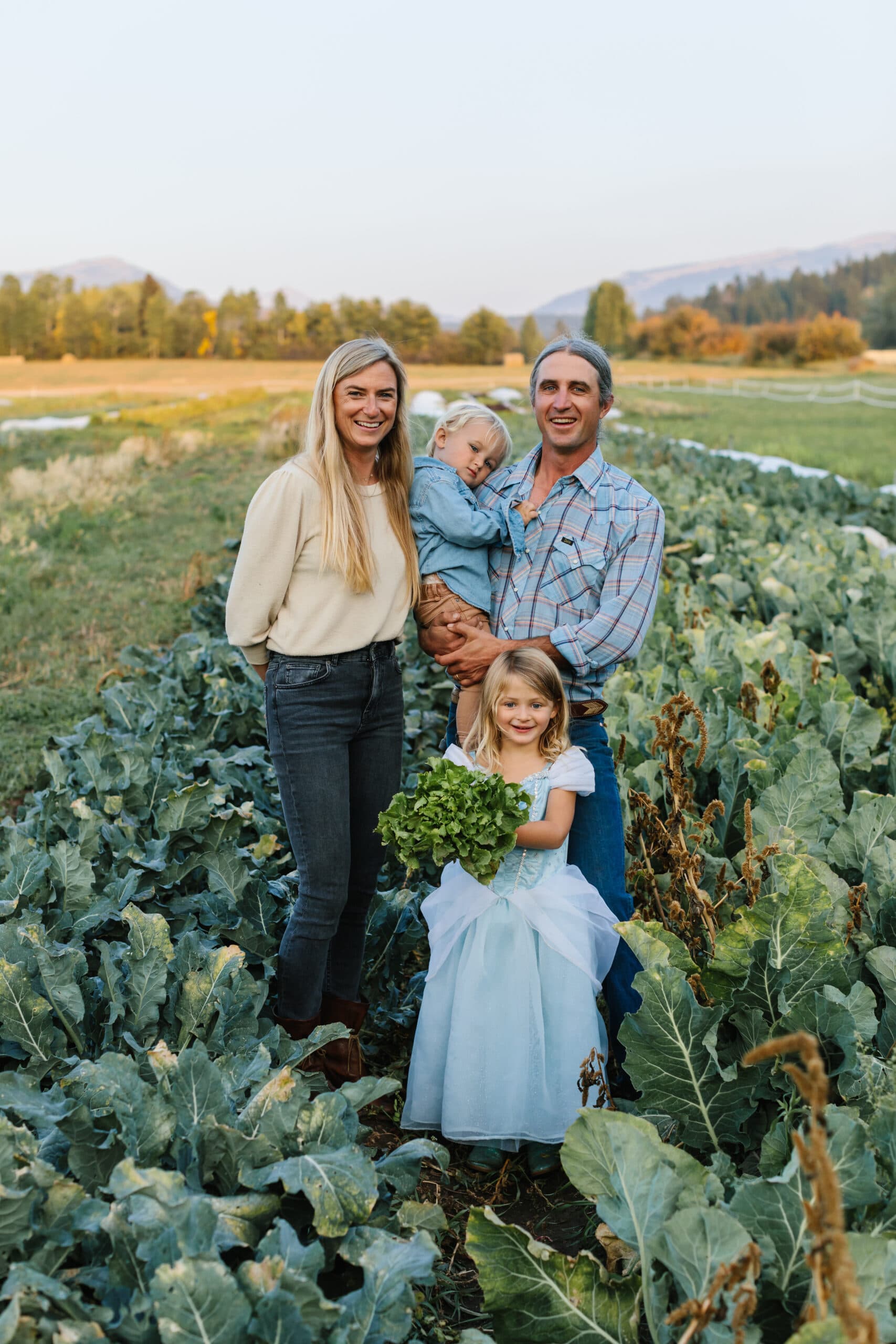
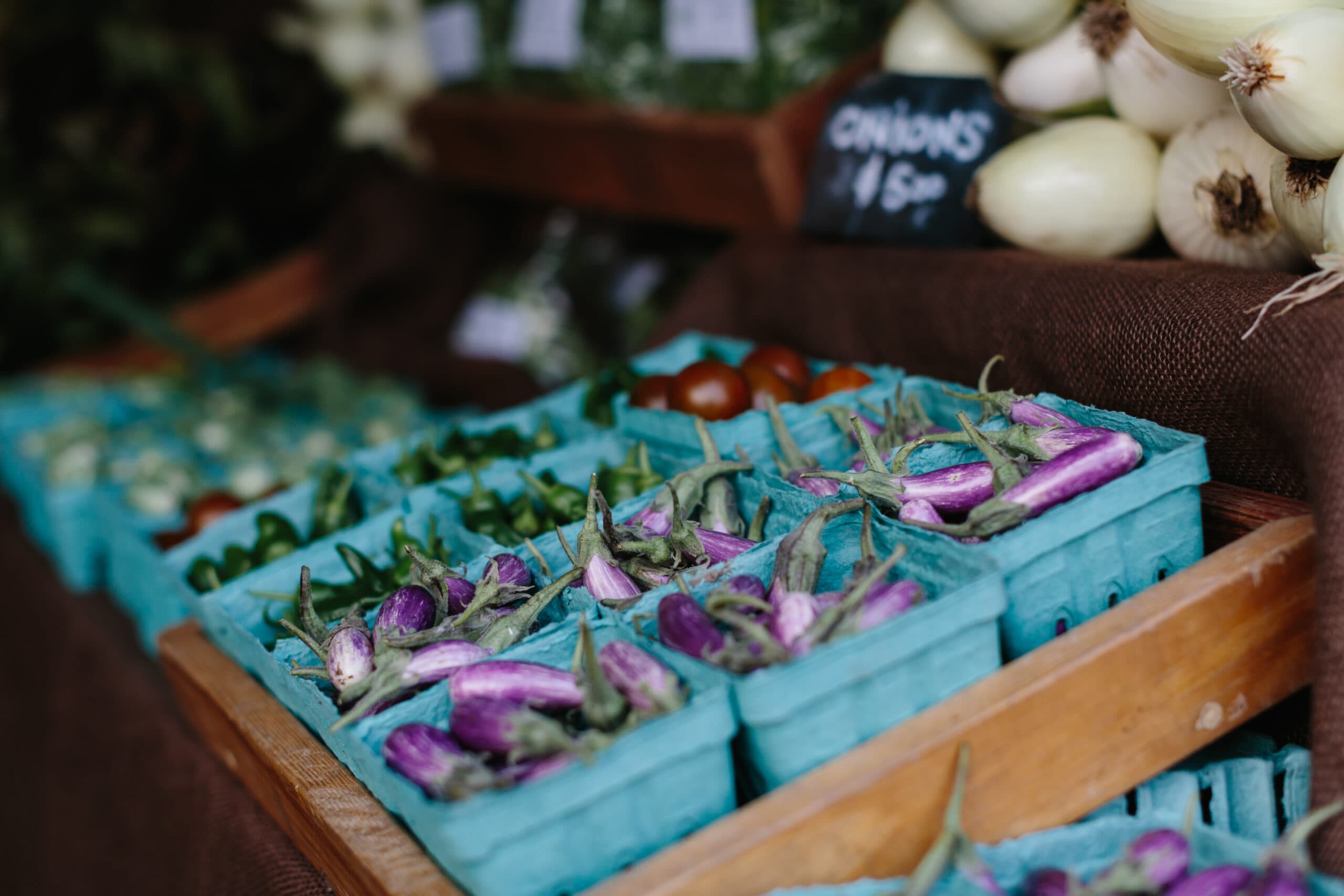
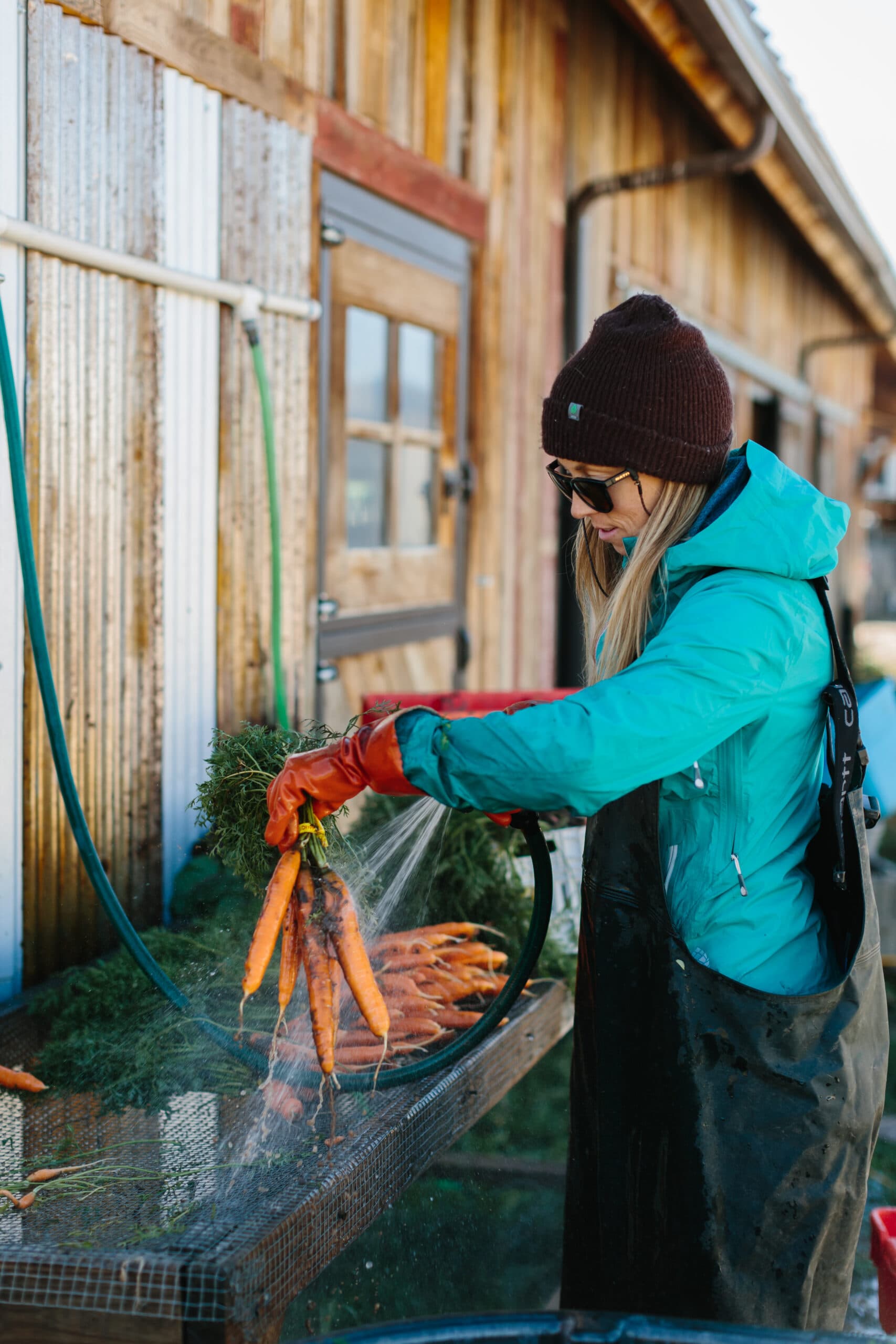
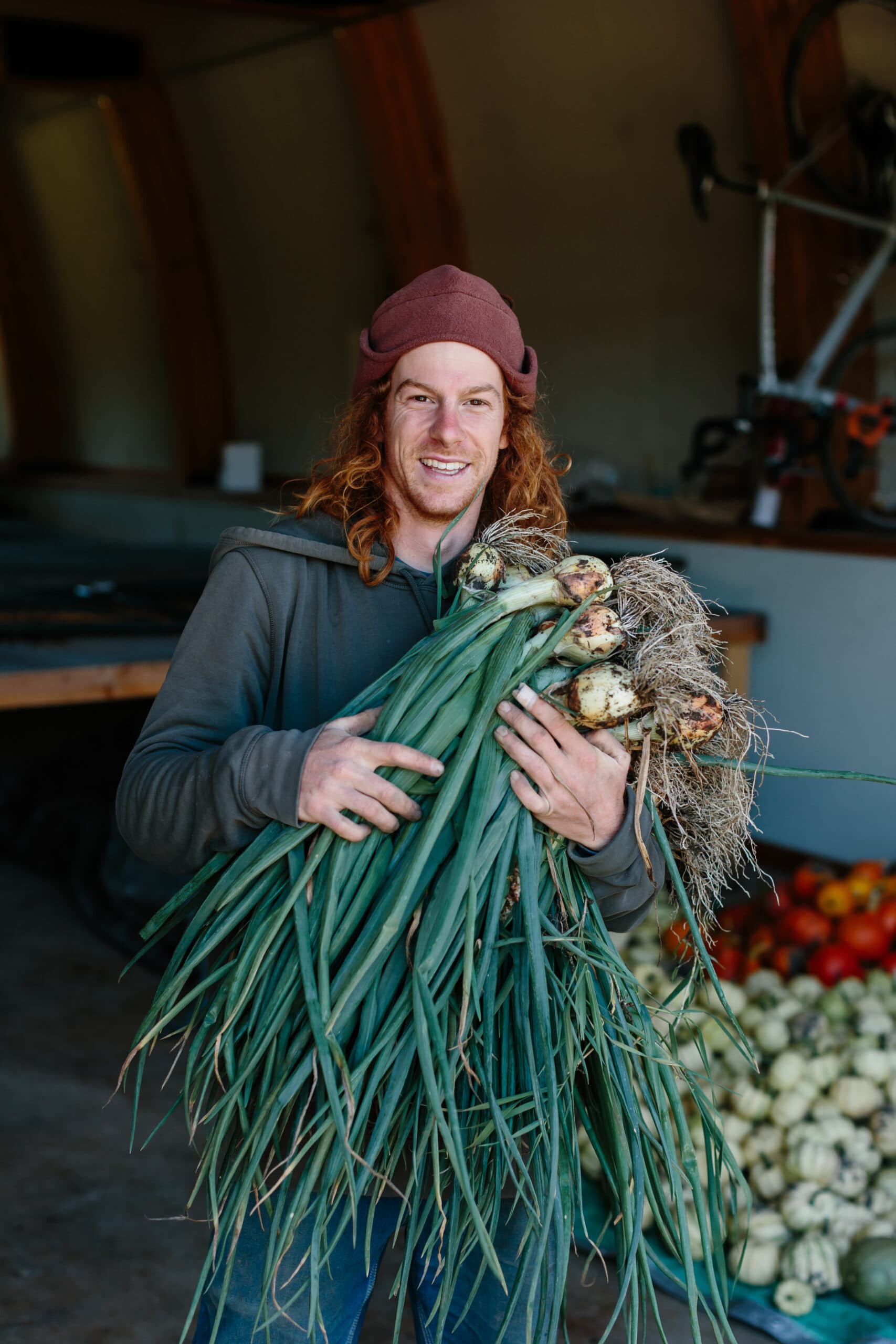
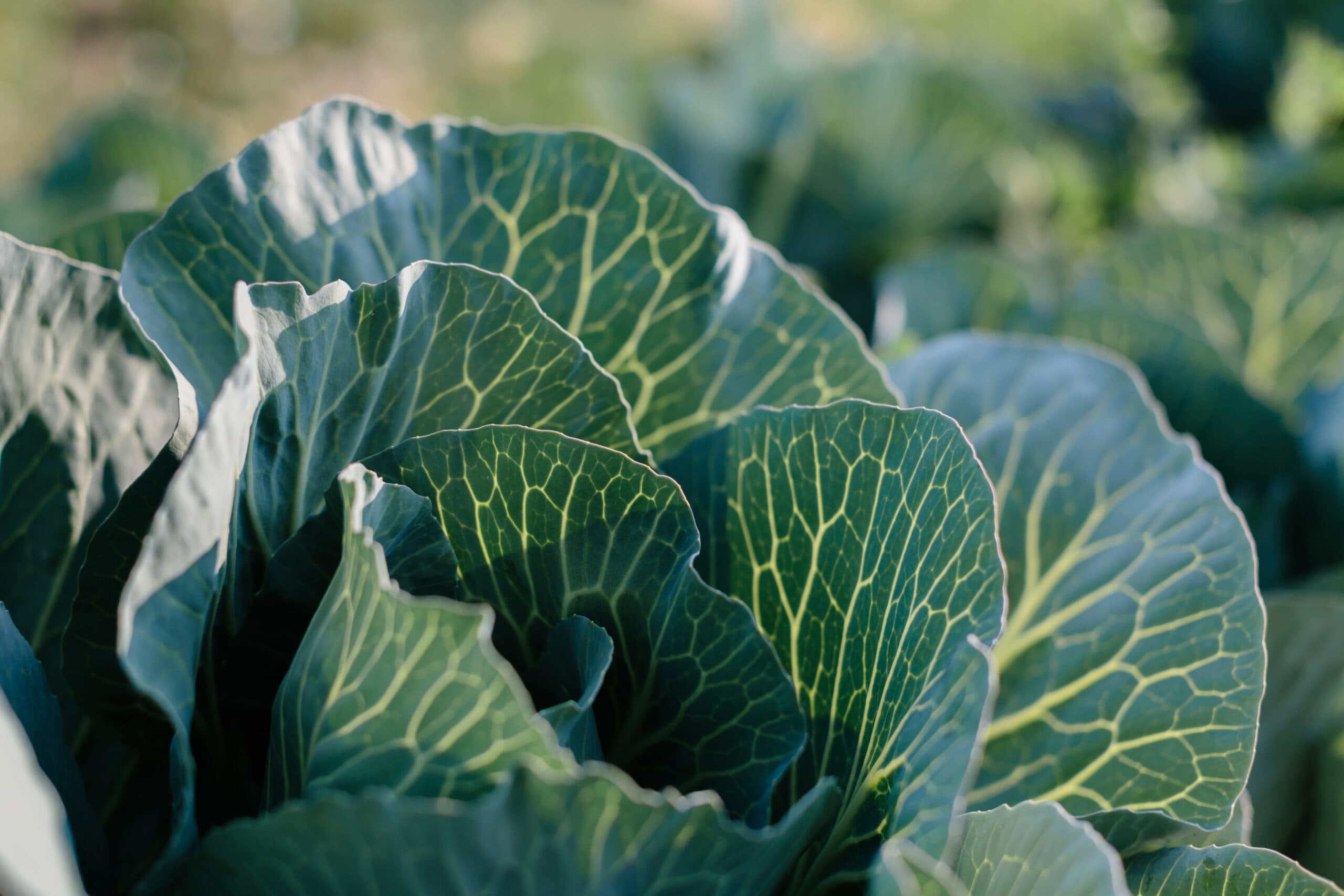
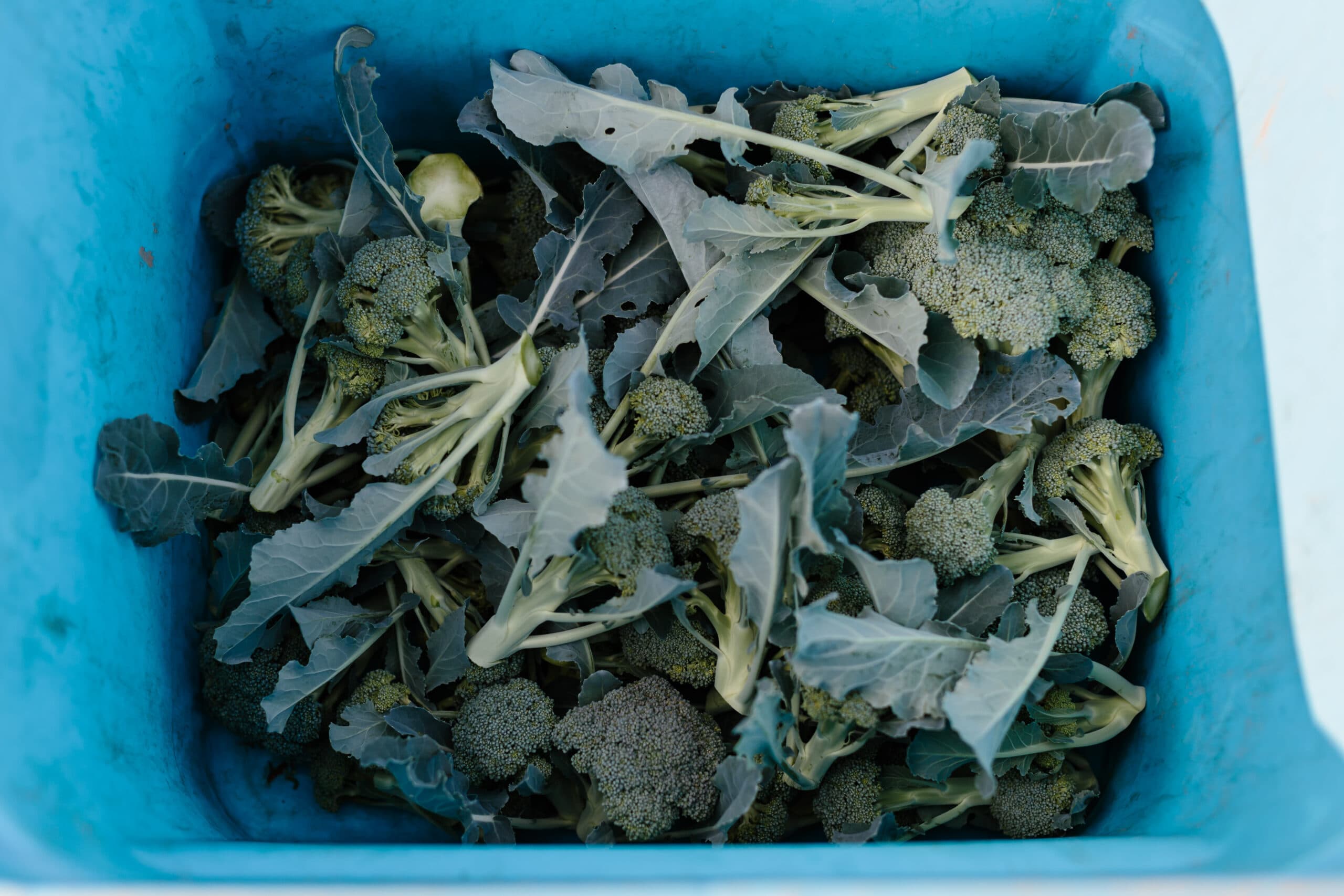
Despite Rafe’s familiarity with Teton Valley’s climate and his skill at farming in various regions, including Vermont and Uganda, the nuances of his new environment still caught him off guard. Tiny bugs (yes, there are bugs here) infiltrated his baby greens, an early June hail nearly demolished his entire crop of kale and collard greens, and his celeriac—a celery root crop he hoped to store through winter—never sized up. Weed pressure soon dominated his farmable acres (a challenge he had
dialed in back in Georgia), and despite using a process called stale seed bedding—covering, irrigating, and allowing weeds to grow in beds before lighting them on fire—he could never get on top of the quack grass and thistle.
“[Eradicating weeds] is very time-consuming,” Rafe says. “You need to take care of it so that it doesn’t become a bigger pressure exponentially. I’m trying to figure out how to grow cover crops because last year I spent a lot of money on compost instead of cover cropping. … I never want to take more from the soil than I give. .”
Despite the challenges, Rafe had some big wins last season. His head lettuce (the beauty of which particularly caught my eye at the market) never bolted, but rather flourished. Radicchio, a cousin of cabbage and a veggie not usually offered by many Idaho farmers, grew really well. And his Brussels sprouts, while taking “forever” to grow, yielded beautiful trees of buds in the early fall.
Rafe attributes his successes to three things: “One, I always want to credit my employees. They made things happen last summer. I was just the architect. Two, we have really nice soil. And three, working on a lot of different farms—from San Francisco to Santa Fe to Vermont—gave me a perspective. I think it is important to honor the food by making it look really nice. I want it to be beautiful so that people feel they are getting a great product.”
“Rafe has an artistic eye … from planning the fields to what he brings to market,” Ansley says. “He wants to serve people beautiful food and won’t feed you holey lettuce. He loves how the different varieties look next to each other. It sets [our food] apart from the food in [typical] grocery stores … Plus, he truly believes in what he’s selling—we eat it, too—and that passion comes across at the market.”
Rafe promises me he won’t sell all the fairy tale eggplant this summer to his wholesale customers, which include Forage Bistro & Lounge, Citizen 33 Brewery, Warbirds, Teton Springs, Tributary, and Barrels and Bins. In return,
I promise to buy snap peas this year from his daughter Emmalou, who grows her own crop and has a little stand within his stand at the Driggs market. These promises we’ll keep to each other, as a local farmer and a loyal consumer, in a shared commitment to family values and community vibrancy.
“I’m blessed to have a job that celebrates both food and community,” Rafe says. “I want to raise my kids in the outdoors and allow them to see where their food comes from, alongside teaching the values of hard work and the challenges and beauties that come along with it.”
